ADU Contractors in Daly City, CA
Your ADU Pros in San Mateo County, CA
Create the perfect addition to your property with a custom-built ADU.
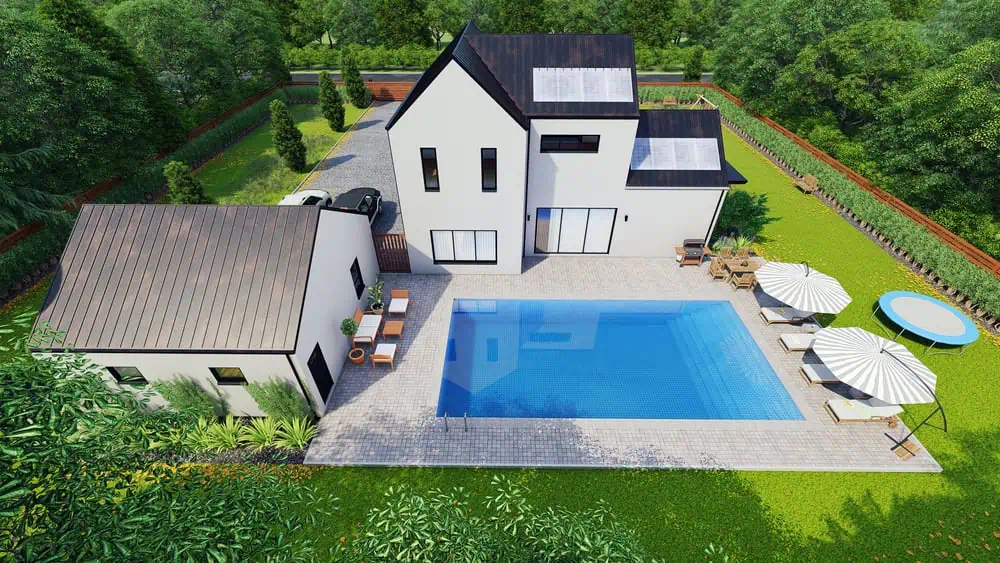
- 24/7 Emergency Response
- Personalized Management Plans
- Fully Insured
- Passionate, Friendly Managers
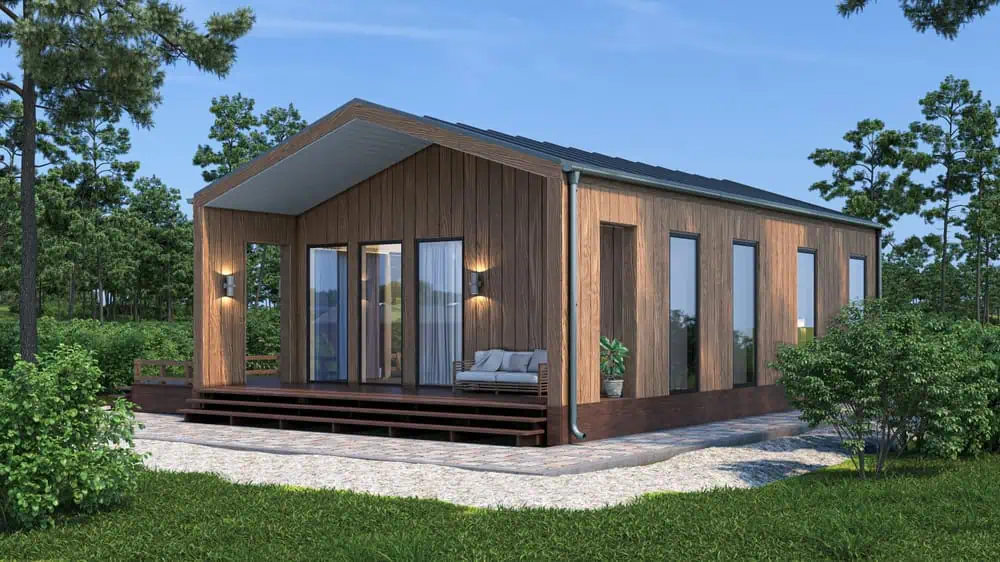
ADU Design and Build Services
Why Choose Us in Daly City?
ADU Construction Specialists
Serving San Mateo County With Excellence
Creekside Pro Construction is a leading provider of ADU construction services in Daly City, CA. We specialize in creating ADUs that seamlessly blend with your existing property while offering modern amenities and comfortable living spaces. Our team of skilled designers and builders is dedicated to using high-quality materials and proven construction methods to ensure lasting durability and satisfaction.
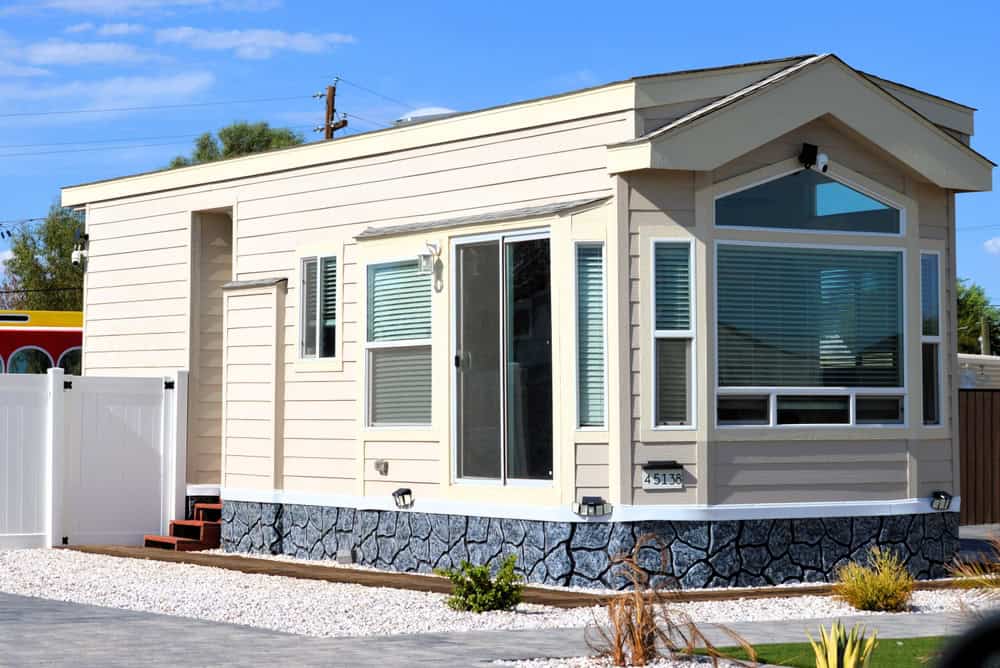
The ADU Building Process
Creating Your ADU in CA
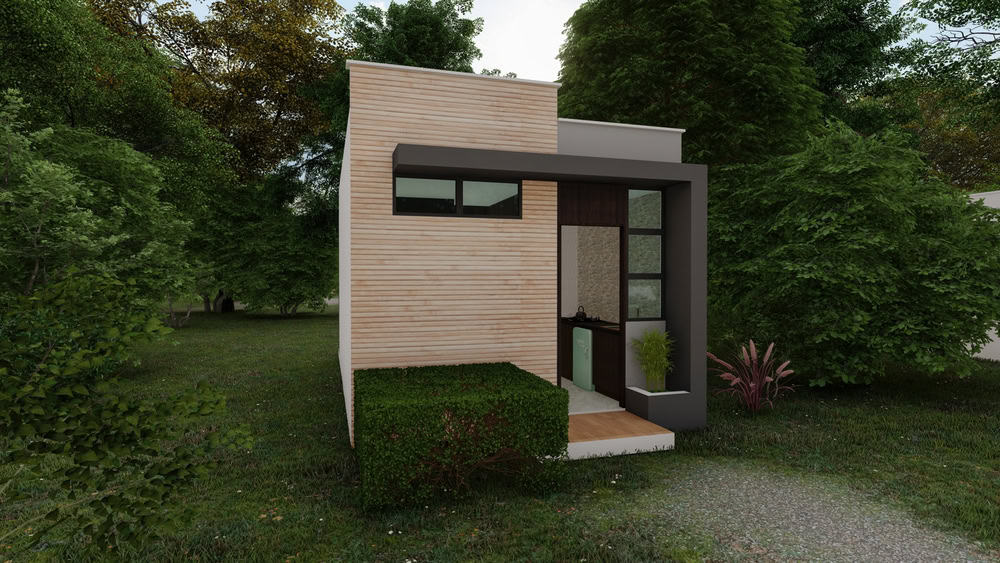
Ready to get started?
View Our ADU Services
About Creekside Pro Construction
Contact us
Custom ADU Construction
Creekside Pro Construction - Your ADU Partner in San Mateo County
At Creekside Pro Construction, we understand that an ADU is more than just an addition; it’s an investment in your property and your lifestyle. Whether you’re looking to create a home office, a guest suite, or a rental unit, our team has the expertise to bring your vision to life. We use premium materials like composite decking, energy-efficient windows, and durable roofing systems to ensure your ADU is both beautiful and functional. Contact us at 925-445-7684 to schedule a consultation and explore the possibilities.
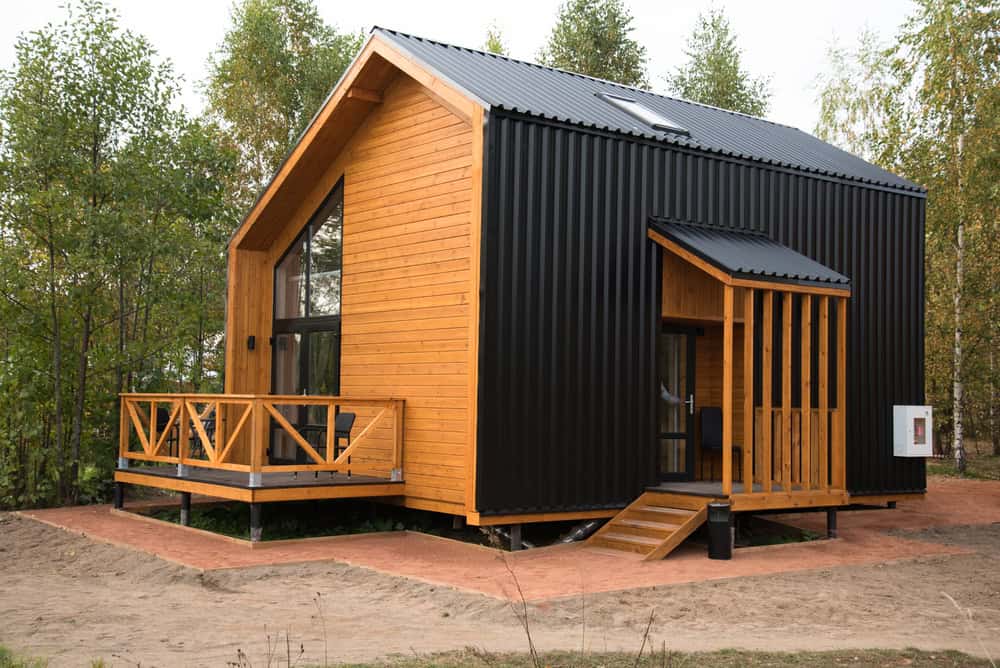
Archaeological evidence suggests the San Francisco Bay Area has been inhabited as early as 2700 BC. People of the Ohlone language group probably occupied Northern California from at least the year A.D. 500. Though their territory had been claimed by Spain since the early 16th century, they would have relatively little contact with Europeans until 1769, when, as part of an effort to colonize Alta California, an exploration party led by Don Gaspar de Portolá learned of the existence of San Francisco Bay. Seven years later, in 1776, an expedition led by Juan Bautista de Anza selected the site for the Presidio of San Francisco, which José Joaquín Moraga would soon establish. Later the same year, the Franciscan missionary Francisco Palóu founded the Mission San Francisco de Asís (Mission Dolores). As part of the founding, the priests claimed the land south of the mission for sixteen miles for raising crops and for fodder for cattle and sheep. In 1778, the priests and soldiers marked out a trail to connect San Francisco to the rest of California. At the top of Mission Hill, the priests named the gap between San Bruno Mountain and the hills on the coast La Portezuela (“The Little Door”). La Portezuela was later referred to as Daly’s Hill, the Center of Daly City, and is now called Top of the Hill.
During Spanish rule, the area between San Bruno Mountain and the Pacific remained uninhabited. Upon independence from Spain, prominent Mexican citizens were granted land parcels to establish large ranches, three of which covered areas now in Daly City and Colma. Rancho Buri Buri was granted to Jose Sanchez in 1835 and covered 14,639 acres (59.24 km2) including parts of modern-day Colma, Burlingame, San Bruno, South San Francisco, and Millbrae. Rancho Laguna de la Merced was 2,219 acres (8.98 km2) acres and covered the area around a lake of the same name. The third ranch covering parts of the Daly City-Colma area was named Rancho Cañada de Guadalupe la Visitación y Rodeo Viejo and stretched from the Visitacion Valley area in San Francisco, to the city of South San Francisco covering 5,473 acres (22.15 km2).
Following the Mexican Cession of California at the end of the Mexican-American War the owners of Rancho Laguna de La Merced tried to claim land between San Bruno Mountain and Lake Merced. An 1853 US government survey declared that the contested area was in fact government property and could be acquired by private citizens. There was a brief land rush as settlers, mainly Irish established ranches and farms in parts of what is now the neighborhoods of Westlake, Serramonte, and the cities of Colma and Pacifica. A decade later, several families left as increase in the fog density killed grain and potato crops. The few remaining families switched to dairy and cattle farming as a more profitable enterprise. In the late 19th century as San Francisco grew and San Mateo County was established, Daly City also gradually grew including homes and schools along the lines for the Southern Pacific railroad. Daly City served as a location where San Franciscans would cross over county lines to gamble and fight. As tensions built in approach to the American Civil War, California was divided between pro-slavery, and Free Soil advocates. Two of the main figures in the debate were US Senator David C. Broderick, a Free Soil advocate, and David S. Terry, who was in favor of extension of slavery into California. Quarreling and political fighting between the two eventually led to a duel in the Lake Merced area at which Terry mortally wounded Broderick, who would die three days later. The site of the duel is marked with two granite shafts where the men stood, and is designated as California Historical Landmark number 19.
Learn more about Daly City.Local Resources


